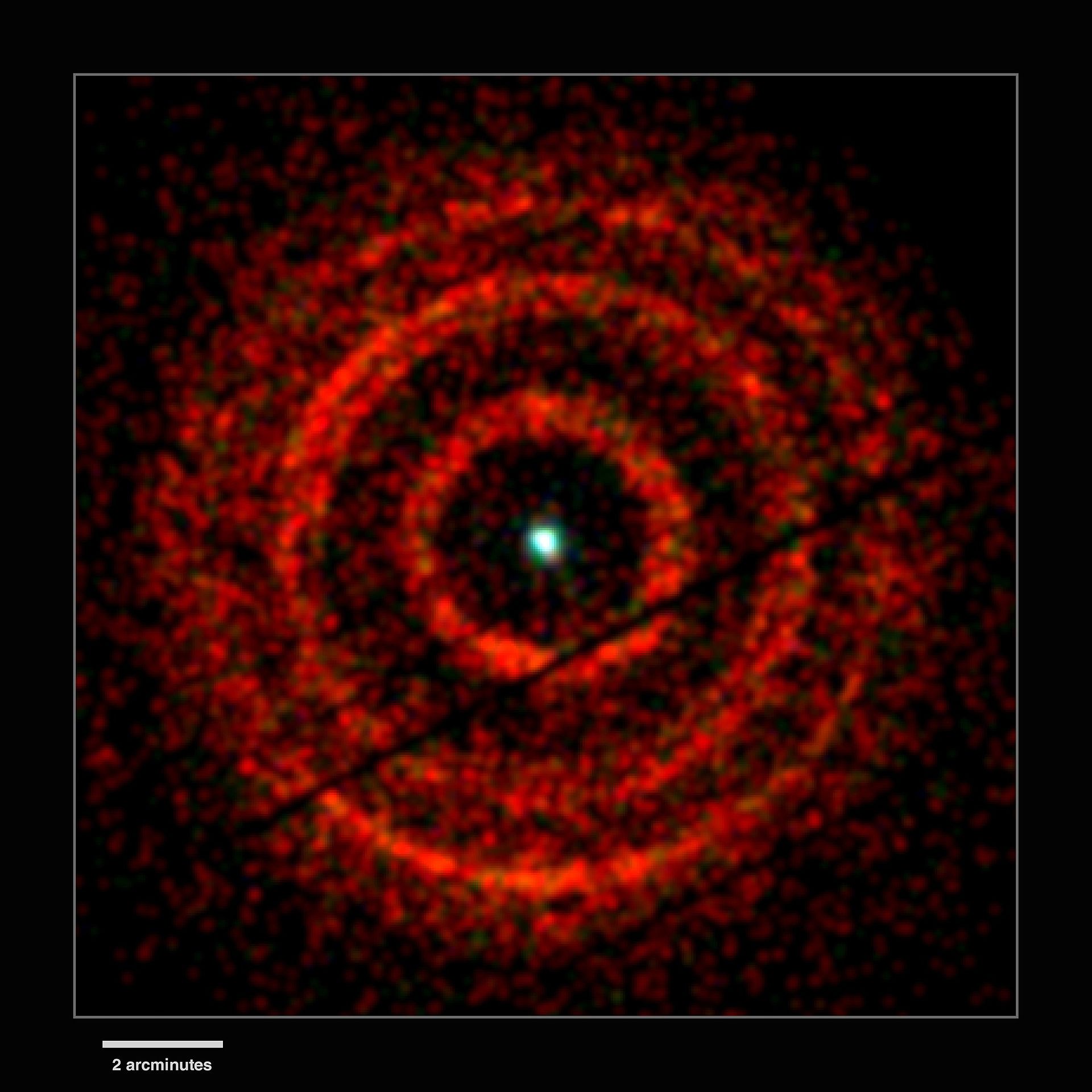An article on Space.com got me thinking about an experiment for the fall:
https://www.space.com/31532-black-hole-visible-light-telescope-discovery.html
| Visible Light from a Black Hole Spotted by Telescope, a First Scientists have spotted dim visible light from the region around a black hole, light that can be seen even by stargazers with a medium-size telescope.www.space.com |
The star V404 Cyg varies from magnitude 11.2-18.8 over 100 seconds to 150 minutes. Thats out of reach of small scope, but an 8″ or larger scope should be able to see some of the light curve and a sensitive camera attached to a scope should be able to see it all. It’s a unique thing to observe and you should see the swing from bright to dim in one observing session!

My Experiment
I’m going to experiment with my IOTA camera system and 8″ scope to see if I can record the light levels of V404. I’m not sure I can record the star at its dimmest with my system, but we’ll see. Once the camera records the video, the IOTA software will generate a light curve for each frame. Here’s an example from an occultation where an asteroid blocks the light of a star briefly:

The light curve from a much longer observation of V404 would have tightly packed dots that would probably trend up or down across the page. At least that’s my hope!
When Is V404 Cyg Up?
If you’re interested in seeing the light from a black hole, you’ll need to get up early or wait a few months:

(Numbers are hours of the day)

(Numbers are months)
Charts generated from C2A planetarium software. This is also the software that works with IOTA’s occultation prediction software.
Finding V404 Cyg
If you’ve got a goto system, you can just hit the coordinates:
- RA 20h 24m 3.81s
- Dec +33° 52′ 2″
I also generated some finder charts from Cartes du Ciel software:



More info on V404 Cyg:
AAVSO’s article on amateur astronomers collecting data on V404:
https://www.aavso.org/aavso-observers-contribute-understanding-black-hole-binary-v404-cygni

NASA’s SWIFT telescope images V404 Cyg: https://www.swift.ac.uk/about/V404Cyg.php

CHANDRA sees light echos at V404 CYG https://chandra.harvard.edu/photo/2021/v404cyg/index.html

Wikipedia’s page for V404 Cyg (for an overview): https://en.wikipedia.org/wiki/V404_Cygni








More Stories
Presentation – Messier Marathon & Space News
Feb 7, 2025 – Join us for First Friday Art Trail
Feb 1 Ransom Canyon Star Party Canceled